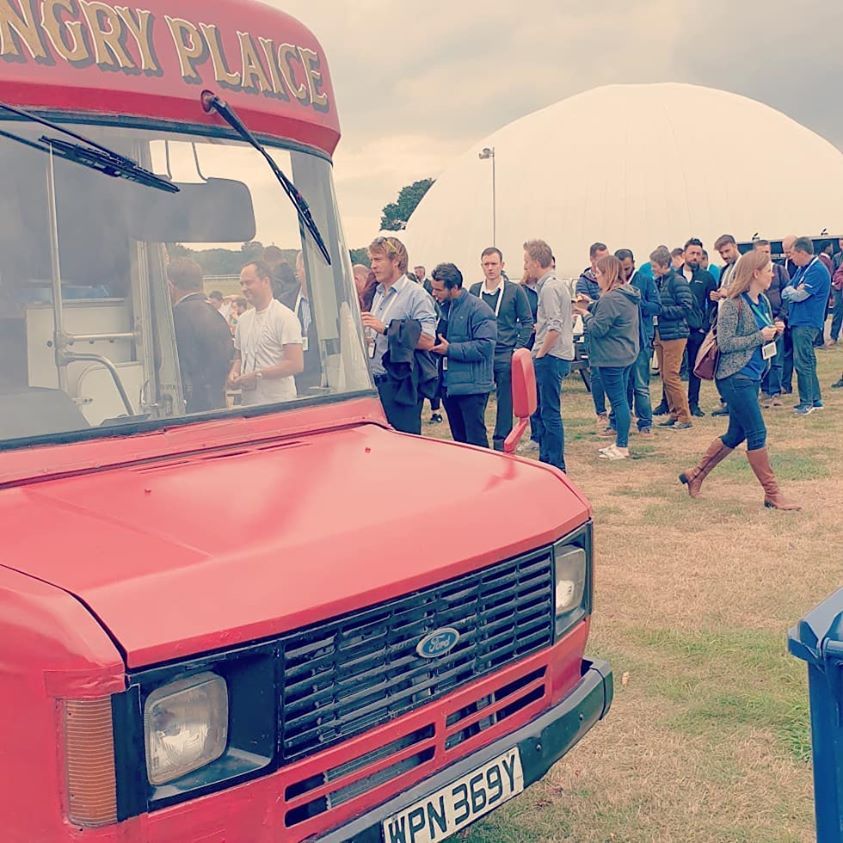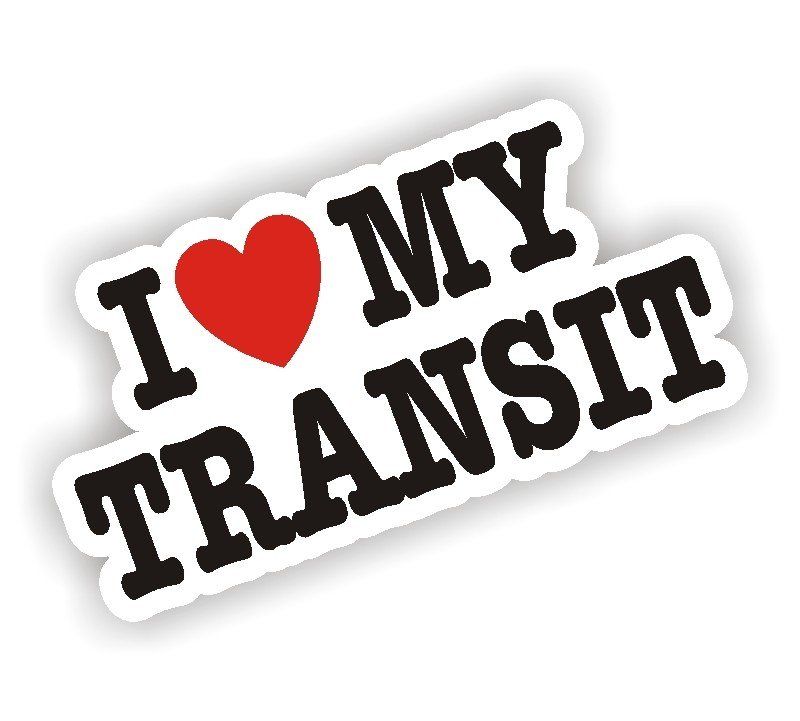In today’s fast-paced workplace, the simple act of appreciation often gets lost amidst daily pressures and deadlines. Yet, fostering a culture of recognition is not just a nicety; it’s a necessity. Staff appreciation is more than a “thank you” or an annual award ceremony. It forms the backbone of employee engagement, driving loyalty and boosting morale. When team members feel valued, they invest themselves wholeheartedly in their work—and that’s where transformation begins.
The Transformative Power of Staff Appreciation in the Workplace
The Transformative Power of Staff Appreciation in the Workplace
Imagine walking into an office where gratitude flows freely. Employees share ideas openly, collaborate enthusiastically, and bring their best selves to work every day. This vibrant atmosphere isn’t accidental; it results from intentional effort to recognize each individual's contributions. Organizations that prioritize staff appreciation do more than elevate spirits—they enhance productivity, improve retention rates, and build a cohesive team dynamic. As we explore the multifaceted benefits of appreciation in the workplace, you’ll discover how these small gestures can lead to monumental changes for both individuals and organizations alike. Ready to unlock the power of acknowledgment? Let’s dive in!
Understanding Staff Appreciation
Staff appreciation, at its core, refers to acknowledging and valuing the contributions that each team member brings to an organization. It’s more than simply saying “thank you”; it encompasses a culture of respect and recognition that motivates employees and fosters loyalty. This acknowledgment can take many forms — from sincere verbal praise and public recognition during team meetings to more tangible rewards like bonuses, additional time off, or gift vouchers. Ultimately, effective staff appreciation hinges on understanding individual preferences and tailoring recognition efforts accordingly.
Different forms of appreciation can be employed to suit various workplace environments and employee personalities. Verbal acknowledgments may occur in one-on-one conversations or during group gatherings, where leaders highlight specific achievements or behaviors worth celebrating. For instance, a manager could spotlight a team member who went above and beyond to meet a project deadline by sharing their success story with the entire department. On the other hand, tangible rewards such as performance-based bonuses or unique experiences—like tickets to local events—can create excitement while reinforcing positive behaviors aligned with company values.
Additionally, peer-to-peer recognition has gained traction as an essential component of appreciation strategies. Introducing platforms or systems within organizations for employees to recognize one another allows for a sense of community and strengthens relationships among team members. For example, implementing "Kudos" boards in break rooms empowers colleagues to share compliments about each other's recent accomplishments visibly. Such acts promote shared ownership within teams and enhance camaraderie, making everyone feel invested in one another's successes.
Understanding these varied dimensions of staff appreciation lays the groundwork for creating an inclusive culture where every employee feels valued and inspired. By recognizing both individual efforts and collective achievements through diverse means, organizations foster motivation while building stronger connections between their workforce members—a vital aspect often overlooked but critical in achieving sustained organizational success.
The Psychological Impact of Appreciation
Recognition in the workplace acts as a powerful motivator, significantly boosting employee morale and driving motivation. When employees feel appreciated for their contributions, it instills a sense of purpose and belonging, creating an emotional bond to their organization. For instance, companies like Adobe have adopted a culture of continuous recognition that empowers team members to celebrate each other's achievements regularly. This approach not only elevates individual morale but also strengthens team dynamics, enhancing overall performance. The simple act of acknowledging hard work can transform an ordinary workspace into one filled with enthusiasm and commitment.
Moreover, the link between appreciation and overall job satisfaction cannot be overstated. Employees who receive regular acknowledgment often report higher levels of happiness at work. A notable example is Google, which has implemented various recognition programs that have positively correlated with employee satisfaction metrics. By nurturing an environment where people feel valued—whether through verbal praise or tangible rewards—organizations can reduce turnover rates and foster loyalty among their workforce. In fact, studies show that organizations with strong employee recognition strategies produce nearly 14% lower turnover rates compared to those without such initiatives.
The psychological benefits extend beyond immediate gratification; consistent acknowledgment helps cultivate a growth mindset within teams. When individuals are recognized for their contributions, they become more willing to take risks and contribute creatively to projects without the looming fear of failure. This shift promotes innovation and collaboration across departments and generates a cycle of positive reinforcement that enhances both productivity and engagement levels over time. Thus, appreciation serves not just as a moral booster; it functions as a vital component in shaping resilient organizational cultures where employees thrive.
As these examples illustrate, embedding appreciation practices into your company’s ethos is essential—not only for momentary boosts in morale but also for long-term success in creating satisfying jobs that keep employees engaged and loyal to the organizational mission. The impact is profound: when staff members feel acknowledged and valued, they are empowered to bring forth their best selves at work.
Building a Culture of Appreciation
Creating a culture of appreciation within an organization is not a mere trend; it’s a strategic initiative that can lead to significant improvements in employee satisfaction and retention. To foster an environment where staff feel valued, organizations must implement consistent recognition practices. One effective strategy is the establishment of regular ‘appreciation meetings’ or huddles, where team members are encouraged to acknowledge their peers' contributions openly. This informal yet structured approach allows employees to share their gratitude on a frequent basis, reinforcing bonds and creating a more collaborative atmosphere. Companies could also consider monthly awards or recognition programs tailored towards highlighting individual or team achievements, reminding everyone that hard work does not go unnoticed.
Leadership plays a crucial role in cultivating this culture of appreciation. When leaders model appreciative behavior, it sends a clear message about the organization’s values. For instance, CEOs at companies like Starbucks regularly meet with teams and take the time to express personal thanks for exceptional performance directly. Their visible enthusiasm sets the tone for managers and staff alike, encouraging others to follow suit in recognizing one another's efforts. Leaders should actively seek feedback about how their appreciation practices are perceived and improve accordingly; this demonstrates commitment to continuous growth rather than maintaining predefined methods without considering employee input.
Moreover, integrating acknowledgment into daily routines by tying compliments to specific outcomes can deepen its impact. Consider using technology-driven tools such as peer-to-peer recognition platforms that allow employees to publicly commend each other's efforts instantly via messaging systems or digital boards. These platforms enhance visibility and strengthen connections among colleagues, making appreciation an everyday occurrence rather than an occasional formality. Overall, building an ingrained culture of appreciation requires deliberate actions from leadership supported by meaningful interactions throughout every level of the organization—it’s about transforming recognition into part of the organizational DNA rather than treating it as just another task on the agenda.
Ultimately, fostering a culture of appreciation is akin to nurturing plants: it thrives best when given consistent care and attention from those at the helm. By embedding acknowledgment into the organization's core values through actionable strategies led by leaders who practice what they preach, businesses can unlock true potential within their workforce—resulting in enhanced morale, productivity, and overall workplace happiness.
Case Studies: Companies Leading the Way
Across various industries, organizations that prioritize staff appreciation have reaped significant rewards in employee satisfaction and overall productivity. One notable example is Southwest Airlines, which has consistently been recognized for its positive workplace culture. At Southwest, staff appreciation takes many forms, from verbal recognition during team meetings to special events honoring employees' contributions at the end of each quarter. The company’s emphasis on a fun and supportive atmosphere fosters a strong sense of belonging among employees, leading to higher job satisfaction and reduced turnover rates.
Another inspiring case can be found at Google, known not only for its innovative approach to technology but also for its outstanding employee engagement practices. Google utilizes a multi-faceted recognition program that includes peer-to-peer awards as well as tangible rewards such as bonuses and trips for exemplary performance. By empowering employees to celebrate one another's achievements openly, Google cultivates camaraderie and motivation across teams. This practice doesn’t just enhance morale; it also drives employees to elevate their work quality continually.
Salesforce is yet another organization leading the way in staff appreciation with their “Ohana Culture,” which emphasizes family-like ties between colleagues. Through initiatives such as recognition ceremonies where peers acknowledge each other's efforts regularly, Salesforce creates an inclusive environment ripe with encouragement and support. The company also invests in talent development programs with mentorship from leadership. As such, Salesforce demonstrates how integrating appreciation into overarching cultural values can yield exceptional results in both employee loyalty and business performance.
These case studies reveal key success factors that other businesses can adopt: ensure appreciation is frequent and diverse by implementing varied recognition methods; foster environments where peer acknowledgment thrives alongside leadership endorsements; and align core cultural values with practices that inspire continuous mutual support among team members. These strategies not only enhance individual motivation but create collective success stories within organizations striving for excellence.
Practical Ways to Implement Staff Appreciation Programs
Implementing staff appreciation programs doesn't have to break the bank; in fact, many low-cost initiatives can have a profound impact on employee engagement. One effective strategy is to create a "Wall of Fame" where employees’ achievements are publicly displayed. This could be a physical wall or a dedicated online space where coworkers' accomplishments and milestones are celebrated. Acknowledging work anniversaries, project completions, or even personal achievements can foster a sense of pride and belonging among employees while reinforcing desired behaviors.
Another simple yet impactful method is sending personalized thank-you notes from leadership to team members. These handwritten messages carry weight and show that management sees and appreciates individual contributions. It only requires time but can resonate deeply with employees, enhancing their sense of value within the company. Additionally, consider implementing an employee-of-the-month program that involves nominations by peers; this encourages camaraderie and recognition among colleagues without significant financial investment.
As we continue to embrace technology in our workplaces, leveraging digital platforms for peer-to-peer recognition has become increasingly popular. Tools such as Slack or Microsoft Teams provide opportunities for teammates to acknowledge each other’s efforts instantly through shout-outs in designated channels. Recognizing someone’s hard work in real-time fosters a culture of appreciation much more organically and helps build stronger inter-departmental relationships. Platforms like Bonusly also allow employees to give small monetary rewards to one another for exceptional performance, notwithstanding the emotional lift it provides.
Incorporating these practical ideas into everyday practices allows organizations of any size to cultivate a thriving culture of appreciation continuously. Celebrating the little wins alongside larger successes amplifies motivation and commitment across teams and reinforces the idea that every contribution counts—a message that resonates well beyond just the workplace itself.
Measuring the Impact of Appreciation on Performance
Effective staff appreciation isn't just about making employees feel good; it’s also crucial for assessing real impact within an organization. To accurately gauge the effectiveness of appreciation efforts, HR professionals and leaders can leverage a variety of tools and metrics. Employee surveys are a powerful starting point—these can be tailored to solicit feedback specifically about recognition programs. For example, questions can address how often employees feel appreciated or inquire about their satisfaction with current recognition practices. By regularly collecting this data, organizations can quantify employee sentiments and make informed decisions for improvement.
Another critical metric is tracking productivity levels before and after implementing appreciation initiatives. For instance, a company that introduces monthly recognition awards may find that departments involved in these programs report higher output rates within subsequent months. This could suggest a direct correlation between feeling valued and increased work performance. Additionally, retention rates serve as a strong indicator of appreciation's impact; companies that actively practice employee recognition often see reduced turnover, leading to significant cost savings in recruitment and training.
Beyond the immediate effects on productivity and retention, measuring engagement levels provides broader insights into how staff appreciation influences workplace culture. Utilizing platforms like Gallup’s Q12 survey helps organizations evaluate employee engagement through various parameters such as emotional commitment, sense of belonging, and overall job satisfaction. High scores typically correlate with robust acknowledgment practices—when employees feel recognized, they are more likely to engage fully in their roles.
Ultimately, analyzing these metrics helps drive strategy development around staff appreciation initiatives. Not only does it underscore the importance of consistent recognition within workplace culture but it also allows leaders to tailor efforts based on quantitative data to maximize effectiveness further. In doing so, organizations cultivate an environment where every team member thrives—leading not only to improved performance but also fostering innovation and loyalty among employees.
Overcoming Challenges in Sustaining Staff Appreciation
While the power of staff appreciation is clear, sustaining this recognition over time can present numerous challenges. One primary barrier is complacency; after initial excitement surrounding recognition initiatives fades, both leaders and employees may begin to overlook the need for regular appreciation. Additionally, as workplaces evolve and teams change, it can be easy for existing routines to slip through the cracks, overshadowed by pressing responsibilities or shifts in workload. This often leads to inconsistency in acknowledgment practices, leaving employees feeling undervalued despite earlier intentions to appreciate their efforts.
To combat these hurdles, organizations must establish a structured approach to recognition that integrates appreciation into the fabric of their culture. For instance, implementing regular check-ins where managers ask employees how they prefer to be recognized creates an ongoing dialogue around appreciation. This not only keeps the conversation alive but also personalizes the experience, making each acknowledgment feel meaningful. Companies might also consider creating a celebration calendar—designating specific times throughout the year to recognize achievements collectively can foster momentum and elevate morale across departments.
Another effective strategy lies in leveraging technology. Platforms that facilitate peer-to-peer recognition can continuously engage team members by allowing them to acknowledge and celebrate one another’s efforts in real-time. Whether through social media-style shout-outs on an internal platform or gamification methods that reward individuals for recognizing colleagues’ contributions, technology can provide a consistent outlet for sharing appreciation that feels current and dynamic. These methods create an environment where acknowledging hard work becomes part of daily interactions rather than just isolated instances.
Ultimately, by proactively addressing potential barriers with strategic initiatives that focus on continuous engagement and innovative approaches to recognition, organizations can cultivate a sustained culture of appreciation that enhances employee satisfaction and drives overall performance. Embracing these solutions doesn’t just ensure that staff feel valued; it transforms workplaces into supportive environments where every member is motivated to contribute their best.
Future Trends in Employee Recognition
As the workplace continues to evolve, so too do the methods and practices surrounding employee recognition. Emerging trends indicate a shift towards more personalized and inclusive appreciation initiatives that consider employees’ unique preferences and cultural backgrounds. For example, companies are beginning to tailor recognition programs that allow employees to choose how they receive acknowledgment—be it a handwritten note from their manager, public acknowledgment during team meetings, or more tangible rewards like experiences or custom gifts. This level of personalization not only makes recognition feel more genuine but also strengthens the emotional connection employees have with their work and the organization.
Moreover, technology is revolutionizing how organizations manage staff recognition. With advancements in online platforms and mobile applications, many businesses are deploying peer-to-peer recognition systems that encourage colleagues to celebrate each other’s achievements regularly. For instance, tools like Bonusly allow employees to give each other "points" for exceptional contributions which can then be redeemed for various rewards. This builds a sense of community and camaraderie while empowering all staff members to take part in appreciation efforts, rather than relegating it solely to managerial roles.
Furthermore, integrating wellness into recognition practices is becoming increasingly important as organizations recognize the holistic well-being of their employees. Companies are leveraging wellness programs as part of their appreciation initiatives by recognizing key milestones related to health and personal development—be it completing a fitness challenge or achieving a work-life balance that benefits overall performance. Programs that celebrate both professional successes and personal well-being reinforce the idea that employers genuinely care about their teams as individuals beyond just their work output.
In this shifting landscape of workplace culture, embracing emerging trends in employee recognition not only fosters greater engagement but also enhances retention rates. As businesses begin viewing staff appreciation as an ongoing journey rather than occasional gestures, they move toward creating environments where every contribution is valued—ultimately leading to improved morale and productivity across the board. By staying attuned to these trends and evolving practices, organizations can remain competitive while cultivating a culture rooted in respect, acknowledgment, and shared success.
Empowering Your Organization Through Appreciation
In conclusion, staff appreciation holds the power to transform workplaces. Recognizing and valuing employees leads to increased morale, higher productivity, and improved job satisfaction. When organizations make appreciation a core part of their culture, they foster engagement and loyalty that can drive success for years to come.
Now is the time for leaders and HR professionals to prioritize acknowledgment in their strategies. By implementing effective appreciation practices, you create an environment where employees feel valued and motivated. Embrace this opportunity to enhance your workplace culture—your team and your organization will flourish as a result.
The Hungry Plaice
Vintage Fish & Chip Van And Ice Cream Van Hire
Contact Us For A Quote
Sign up to our newsletter
















